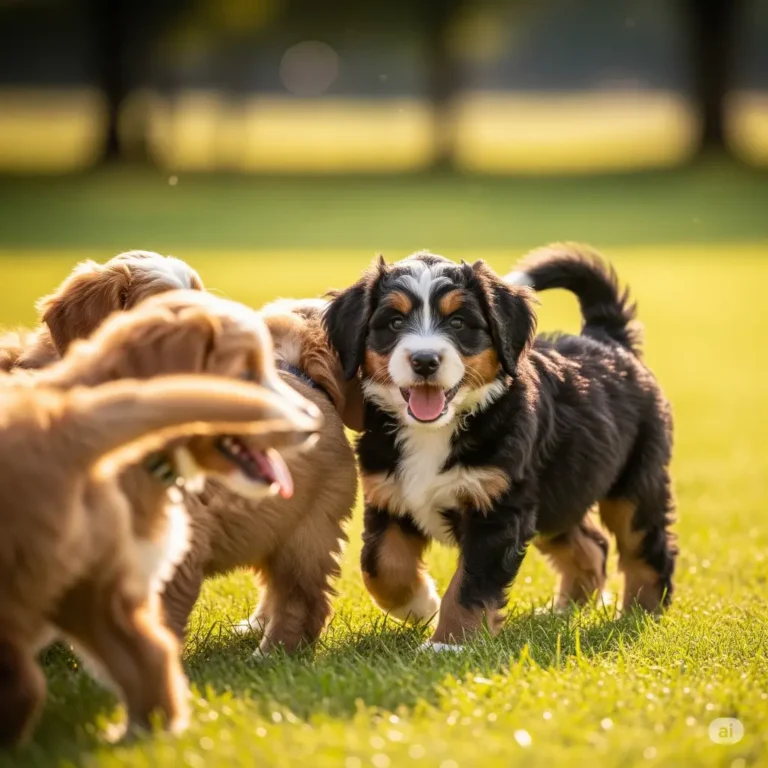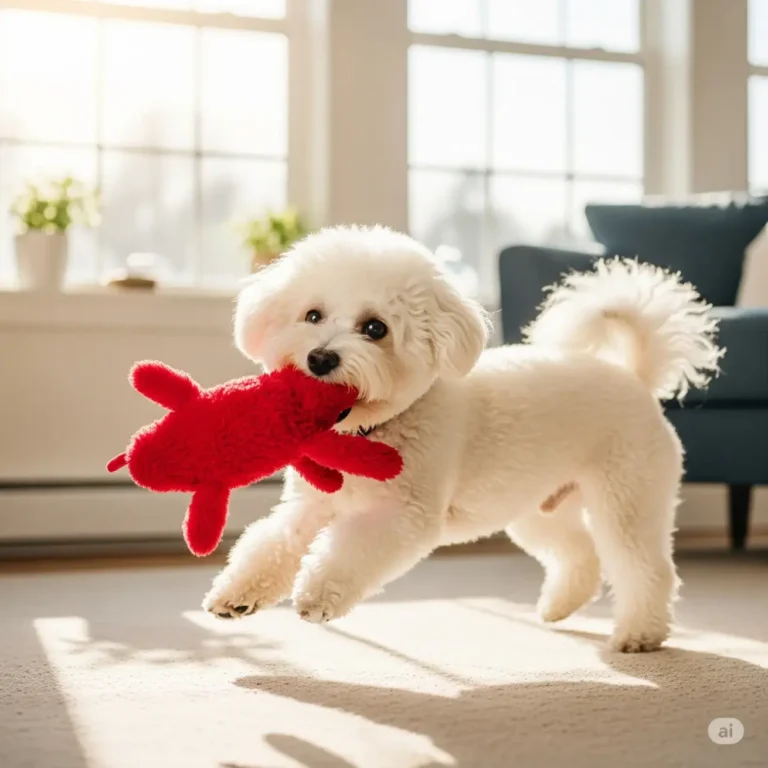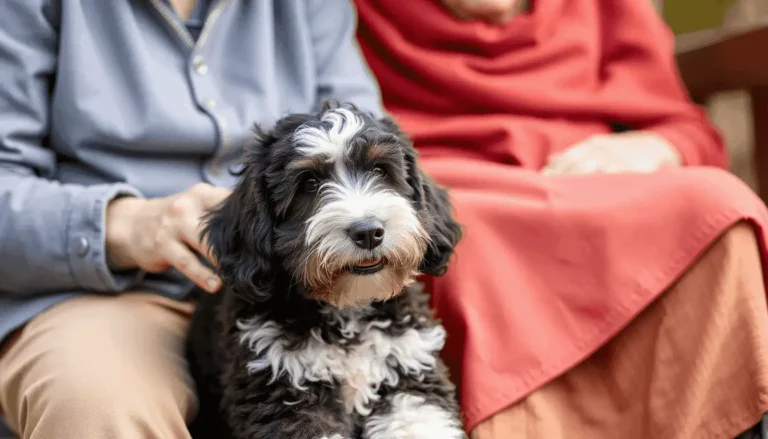Labrador Retriever FAQs: 40 Expert Answers for Dog Owners
1. What is the 5 minute rule for Labradors?

The 5-minute rule means giving your Lab puppy five minutes of exercise per month of age, twice a day. So a 3-month-old should get 15 minutes. It’s a safe way to avoid overworking growing joints.
2. Why are Labrador Retrievers so special?
Labradors are loved for their loyalty, intelligence, and warm hearts. They bond deeply with their humans, learn fast, and bring joy with their always-wagging tails.
3. Which is better, a Golden Retriever or a Labrador?
Both are amazing, but it depends on your lifestyle. Labs are more active and food-driven; Goldens are gentle and a bit more laid-back. You can’t go wrong with either.
4. Can Labrador Retrievers be left alone?

They can handle short periods alone, but Labs crave company. Too much time alone can lead to boredom and destructive behavior. Puzzle toys help, but human time is best.
5. How long can Labs sleep?
Adult Labs sleep 12–14 hours a day, while puppies may sleep up to 18 hours. It’s totally normal—they recharge between their energetic bursts!
6. Do Labradors bark a lot?
Labradors aren’t known for excessive barking, but they will alert you if something’s up. Boredom or lack of exercise can make them more vocal than usual.
7. Are Labradors lazy or active?

Labradors are naturally active, playful dogs. They need daily walks, games, and attention to stay happy. A bored Lab can seem lazy, but they thrive on movement and interaction.
8. Is a Labrador aggressive or not?
Labradors are rarely aggressive by nature. They’re gentle, friendly, and great with people and pets. Aggression in Labs usually comes from fear, pain, or poor training—not their true personality.
9. At what age do Labradors calm down?
Most Labs start calming around 2–3 years old. Puppies are high-energy bundles of joy, but with time, training, and routine, they become much more relaxed companions.
10. What is a Labrador’s favourite thing to do?

Labradors absolutely love fetching, swimming, and food! Playing outside with their humans brings them the most joy. Anything involving water or treats wins their heart every time.
11. How to calm a Lab?
Give your Lab regular exercise, mental games, and calm spaces. A tired Lab is a happy Lab. Gentle voice, soothing touch, and routine help settle them down quickly.
12. At what age do Labradors stop biting?
Most Labs stop nipping by 6–9 months. Biting is natural during teething, but consistent redirection and training help them outgrow it faster and safely.
13. Do Lab dogs bite?

Labradors are not known for biting, but any dog can nip if scared or hurt. Socialization, love, and clear boundaries prevent biting in most Labs.
14. When to start training a puppy?
Start basic training at 8 weeks old. Early lessons build habits for life. Keep it short, fun, and reward-based to help your pup learn and enjoy it.
15. Why does my Labrador bite me?
Your Lab might be teething, excited, or lacking boundaries. Puppies explore with their mouths. Stay calm, redirect the bite, and never encourage rough play or chasing hands.
16. Can a Labrador bite an owner?

It’s rare but possible under stress, fear, or pain. A well-raised Lab won’t bite without reason. Build trust, avoid punishment, and learn their body language for safety.
17. Why does my dog slap me with his paw?
That paw slap usually means “Pay attention to me!” Labs use their paws to ask for affection, treats, or play. It’s cute, but teach limits gently.
18. How to train a Labrador not to bite?
Use calm correction and redirect biting to toys. Praise good behavior. Be consistent and never yell—Labs respond better to patience and routine than harsh discipline.
19. How to stop a Labrador from chewing everything?

Give plenty of chew toys, daily activity, and mental stimulation. Labs chew from boredom or teething. Rotate toys and keep valuables out of reach during early months.
20. How do you discipline a Lab puppy?
Use timeouts, redirection, and firm “No” when needed. Never hit or yell. Positive reinforcement, structure, and calm correction shape good habits without harming your bond.
21. How to stop a Labrador from pulling?
Train with short leash sessions, treats, and consistent commands like “heel” or “stop.” Harnesses help. Be patient—it takes repetition, but Labs learn quickly with love.
22. How to walk a Labrador?

Walk with a firm, calm energy. Keep the leash short but loose. Let them sniff, explore, and enjoy—but stay in control with gentle corrections and praise.
23. Can Labradors be trained easily?
Yes, Labradors are one of the easiest breeds to train. They’re smart, eager to please, and respond beautifully to praise, treats, and consistent guidance from their humans.
24. Do Labradors need a lot of space?
Labradors enjoy open space but can adapt to smaller homes if given daily walks, play, and mental stimulation. What matters most is time spent with you.
25. Are Labradors good first-time dogs?

Absolutely. Their loving nature, patience, and intelligence make them ideal for first-time dog owners. With routine, care, and attention, they become lifelong best friends.
26. Do Labs get along with other pets?
Yes, most Labradors are social and friendly with other dogs and even cats. Early socialization and supervision help them bond better with furry siblings.
27. Are Labradors protective of their owners?
Labradors aren’t aggressive guards, but they are loyal and alert. If they sense danger, they’ll bark or place themselves between you and the threat instinctively.
28. Can Labradors swim?

They love swimming! Labs were bred as water retrievers and have webbed paws. A pond or kiddie pool becomes their happy place on a warm day.
29. Do Labradors eat a lot?
Yes—Labs love food! Their appetite is big, and they’ll often act hungry even when full. Controlled portions and scheduled feeding help prevent weight gain.
30. Are Labradors good with strangers?
Most Labs are friendly and curious around strangers. Some may be shy at first, but with a wagging tail and a little time, they often warm up fast.
31. Do Labradors get separation anxiety?

Yes, Labradors form strong bonds and can feel anxious when left alone too long. Symptoms include pacing, whining, or chewing. Training and gradual alone-time help ease it.
32. Are Labradors good for apartment living?
Labradors can live in apartments if their energy is managed. Daily exercise, playtime, and chew toys are essential. Without movement, they may become restless and loud.
33. How often should I bathe my Labrador?
Every 4–6 weeks is ideal unless they get muddy or smelly. Overbathing can dry out their skin. A quick brush twice a week helps between baths.
34. Do Labradors drool a lot?

Not excessively, but yes, some Labs drool after drinking water, eating, or when excited. It’s nothing like a Saint Bernard — just keep a towel handy!
35. How much should a Labrador eat daily?
Adult Labs eat 2.5–3 cups of high-quality kibble daily, split into two meals. Overfeeding can lead to obesity, which Labs are prone to. Stick to a routine.
36. Are Labradors easy to groom?
Yes, they’re low-maintenance but shed year-round. A slicker brush once or twice a week keeps their double coat healthy and reduces loose hair around your home.
37. What health issues are common in Labradors?

Labradors are prone to hip dysplasia, ear infections, obesity, and eye conditions. Regular vet visits, proper diet, and joint care can prevent or reduce these risks.
38. Can Labradors live in hot weather?
They can, but care is needed. Walks during cooler hours, shaded spots, and fresh water are musts. Their thick coat can cause overheating in high heat.
39. Are male or female Labradors better?
Both are amazing. Males may be more playful and goofy; females tend to mature faster and be a bit calmer. Personality matters more than gender.
40. How much exercise does a Labrador need?

Adult Labs need 1 to 1.5 hours of exercise daily. This includes walks, fetch, swimming, or agility games. Without it, they may become bored and destructive.
If you’re just starting your journey with a Labrador, don’t miss our beginner-friendly guide:
“12 Things Every New Labrador Owner Must Know Before Adoption.”
It walks you through the essentials — from food and exercise to training and bonding.






